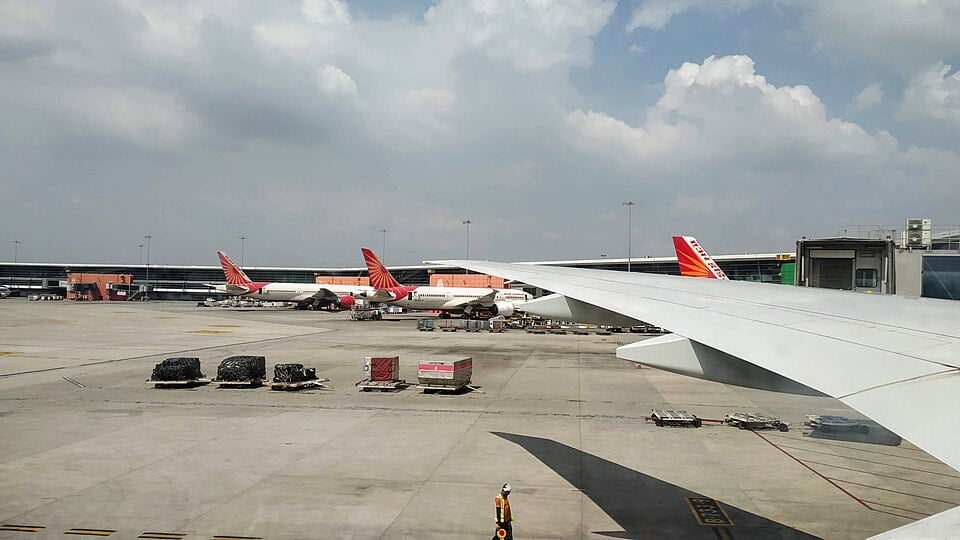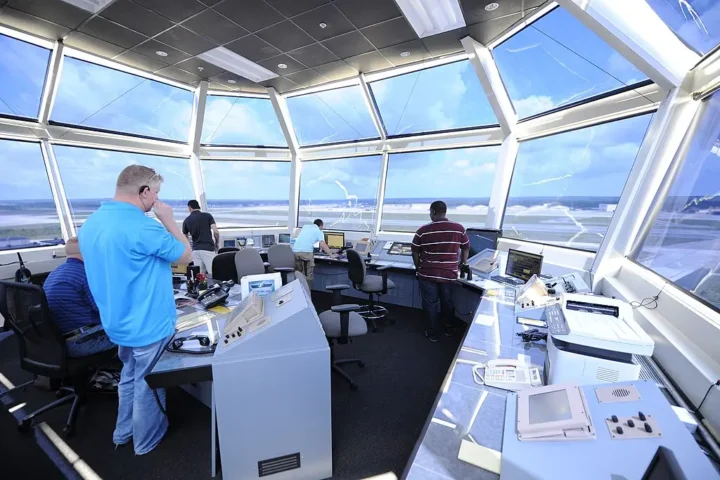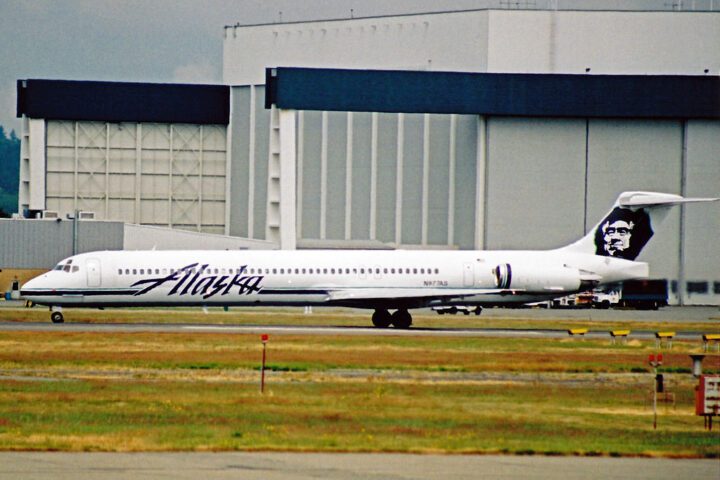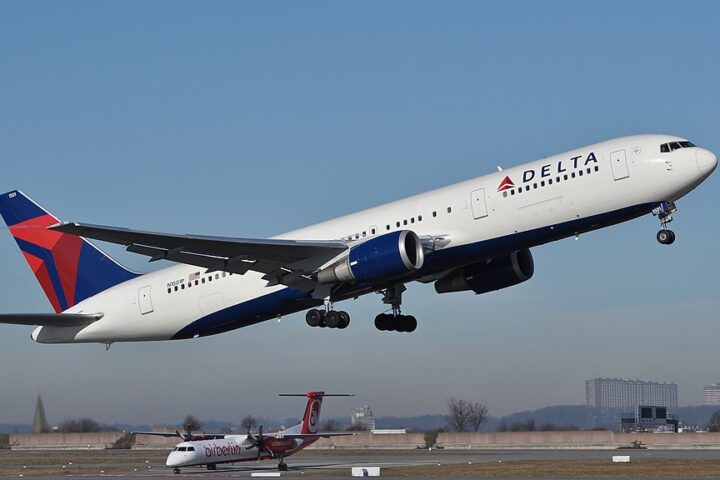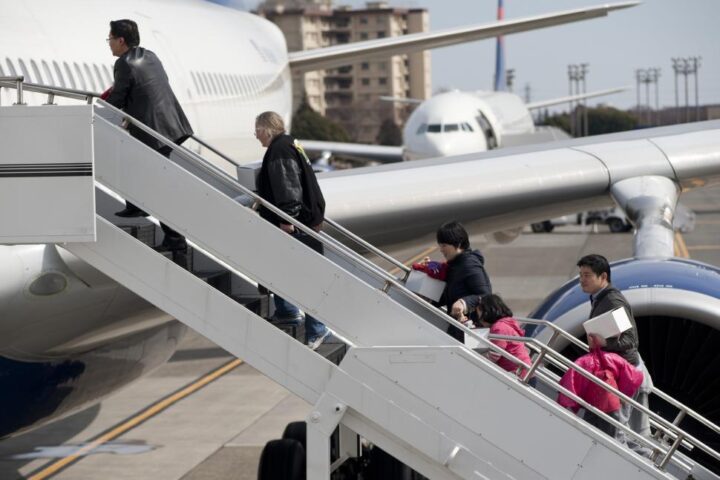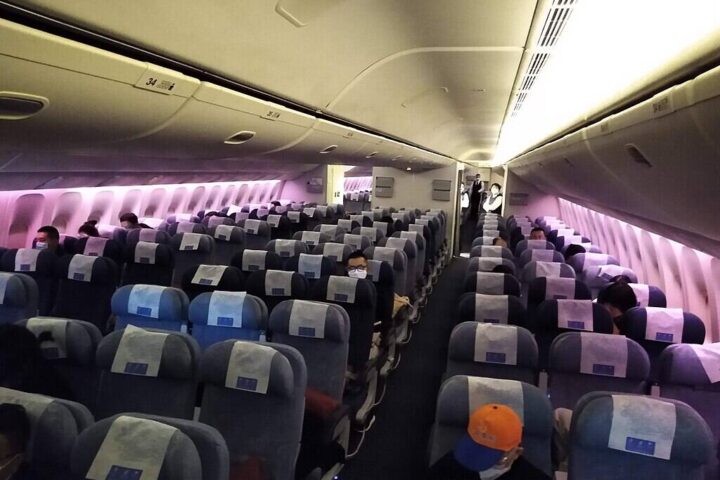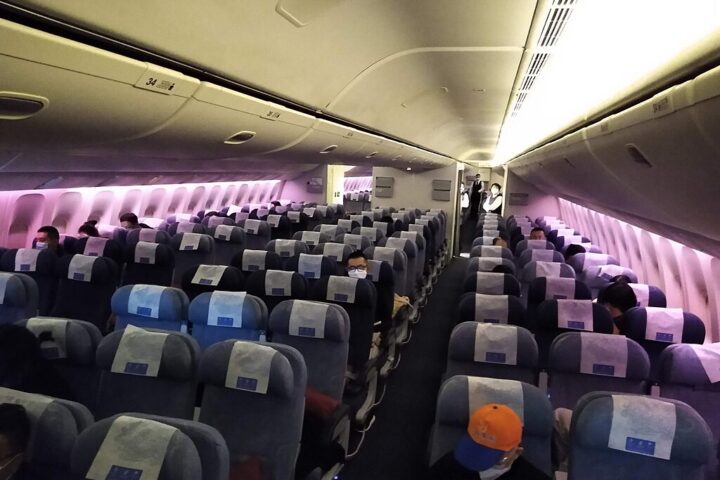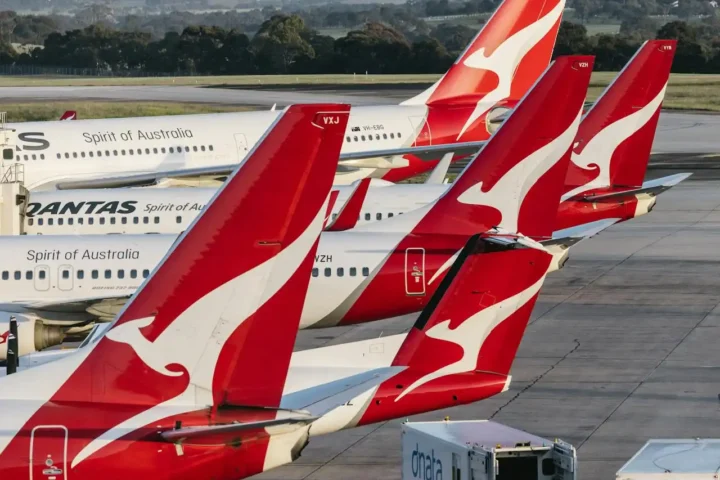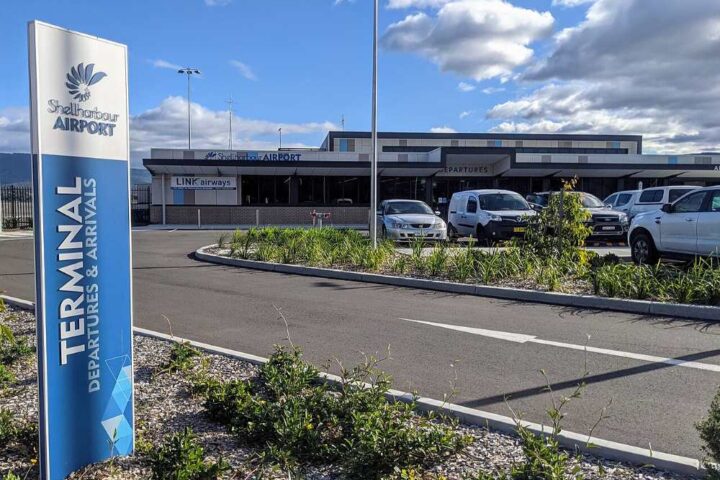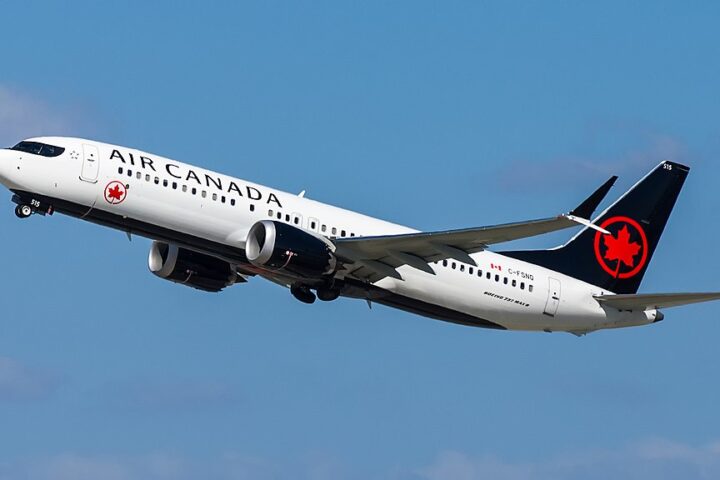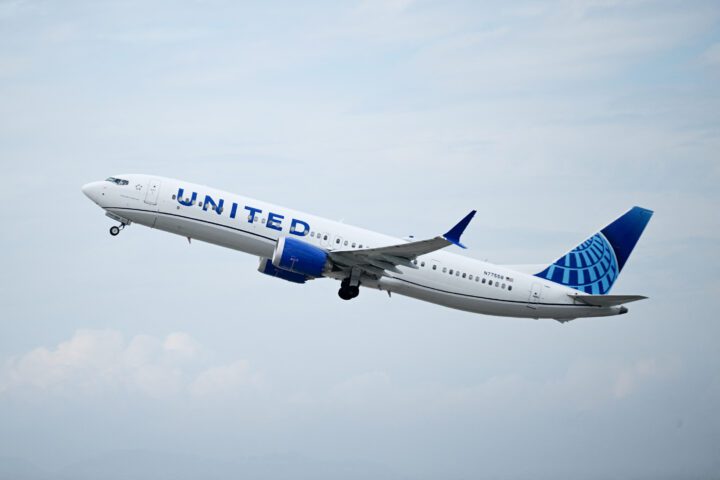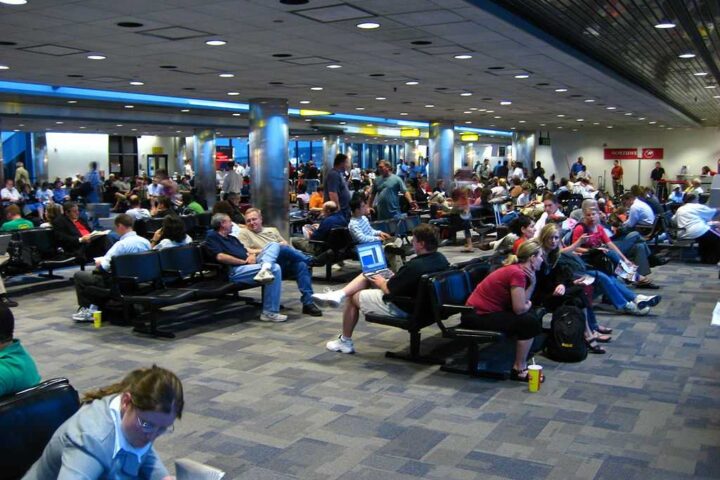Monday, May 12, 2025 – The Airports Authority of India (AAI) revoked NOTAMs (Notices to Airmen) at 05:29 IST, reopening 32 airports across northern and northwestern India for civilian operations. The move came after a ceasefire agreement between India and Pakistan ended eight days of airspace restrictions that began following military tensions.
“Attention Flyers; reference notice issued for temporary closure of 32 Airports for civil Aircraft operations till 05:29 hrs of 15 May 2025. It is informed that these Airports are now available for civil Aircraft operations with immediate effect,” stated AAI’s official notification. The authority recommended travelers check flight status directly with airlines.
Complete Airport Reopening List
All 32 airports reopened include major regional hubs and border-proximity facilities:
Jammu & Kashmir and Ladakh: Leh, Thoise, Jammu, Srinagar, Awantipur
Punjab: Adampur, Amritsar, Bathinda, Halwara, Ludhiana, Patiala, Pathankot
Haryana: Ambala
Himachal Pradesh: Shimla, Kullu Manali (Bhuntar), Kangra (Gaggal)
Chandigarh
Rajasthan: Bikaner, Jaisalmer, Kishangarh, Uttarlai
Gujarat: Bhuj, Jamnagar, Kandla, Keshod, Mundra, Porbandar, Rajkot (Hirasar), Naliya
Uttar Pradesh: Hindon, Sarsawa
These facilities were restricted under NOTAM G0555/25, which suspended 25 route segments from ground level to unlimited altitude until 0529 IST on May 15, 2025.
The Ceasefire Agreement
U.S. Secretary of State Marco Rubio announced the ceasefire on Saturday, May 10, stating: “I am pleased to announce the Governments of India and Pakistan have agreed to an immediate ceasefire and to start talks on a broad set of issues at a neutral site.”
The diplomatic breakthrough followed 48 hours of intensive engagement by Rubio and Vice President JD Vance with senior officials including Prime Ministers Narendra Modi and Shehbaz Sharif.
Tensions escalated after the April 22 Pahalgam attack in Jammu and Kashmir, where gunmen killed 26 people – mostly tourists. India’s response, “Operation Sindoor” launched May 7, involved precision strikes on what India termed terrorist infrastructure. Pakistan’s retaliatory actions included missile and drone attacks, prompting airspace closures.
Enhanced Aviation Security Protocols
The Bureau of Civil Aviation Security (BCAS) maintains heightened security measures:
Secondary Ladder Point Checks (SLPC): All passengers undergo additional screening by airline staff before boarding. This procedure, mandated after the 2016 Pathankot airbase attack, involves handheld metal detector screening at the aircraft boarding gate or ladder.
Visitor Entry Restrictions: Terminal buildings remain closed to visitors, with visitor entry tickets suspended nationwide.
CISF Extended Duties: The Central Industrial Security Force received expanded responsibilities at 69 airports until May 18. Unlike their usual passenger screening duties, CISF now supervises cargo operations and In-line Hold Baggage Screening Systems (ILHBSS), typically handled by private security.
Air Marshal Deployment: In-flight security officers are being deployed on selected flights based on prioritization and randomization protocols.
Similar Posts
Operational Impact and Recovery
The closure disrupted aviation operations significantly:
- 430 flights cancelled in one day (May 7)
- 165 flights cancelled by IndiGo alone on May 7
- Airlines offered free rebooking and cancellation waivers
- IndiGo extended change fees waivers until May 22 for affected routes
AAI established a special slot-reallocation cell to manage approximately 1,200 daily slot adjustments during the recovery phase. This technical coordination ensures smooth resumption of flight schedules while maintaining safety standards.
Airline Response and Passenger Support
Major carriers announced progressive service restoration:
IndiGo: Extended full change and cancellation fee waivers until May 22 for travel to and from affected airports. The airline advised passengers to check flight status regularly through official channels.
Air India: Instructed passengers to arrive three hours before departure due to enhanced security measures, with check-in closing 75 minutes before departure.
All airlines implemented crew duty hour extensions and rest period adjustments for long-haul routes affected by Pakistan airspace restrictions.
Technical Aviation Operations
The closure required complex airspace management:
- 25 Air Traffic Service route segments remained unavailable from ground level to unlimited altitude
- Flight diversions added approximately 500 nautical miles for wide-body aircraft
- Alternative routing through southern corridors increased fuel consumption by roughly 40 tonnes CO₂ per long-haul flight
- Delhi and Mumbai Flight Information Regions managed the traffic redistribution
Air Traffic Control units coordinated closely during both closure and reopening phases, ensuring operational safety through enhanced surveillance protocols and real-time communication with aircraft operators.

Practical Recommendations
For Travelers:
- Monitor airline mobile applications for real-time flight status updates
- Arrive at airports three hours before departure to accommodate enhanced security procedures
- Ensure all documents are readily accessible for expedited security checks
- Consider comprehensive travel insurance that covers geopolitical disruption scenarios
For Airlines and Airport Operators:
- Invest in advanced passenger notification systems and automated rebooking capabilities
- Develop flexible crew scheduling systems for crisis scenarios
- Enhance coordination protocols with security agencies for rapid implementation of enhanced measures
- Create sustainable fuel reserve programs for emergency diversions
